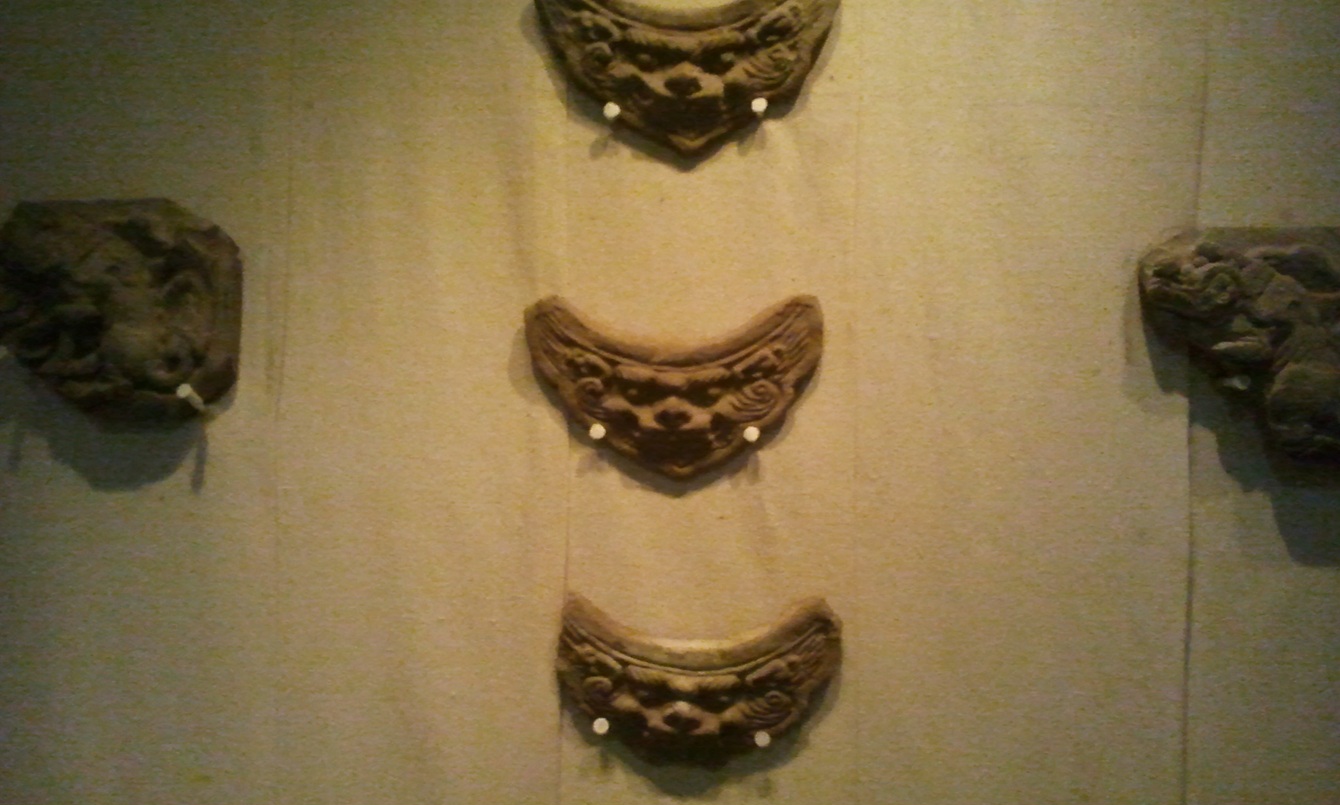|
Küriye
Küriye (, Khüree, ''camp'' or ''monastery'', , also rendered as Kure, Kuren and other variants) can refer to the following places: *an old name for Ulaanbaatar, capital of Mongolia *a banner in Tongliao city, formerly Jirim league, of Inner Mongolia; see Hure Banner *Küriye/Khüree is a part of a number of place names in Mongolia that grew out of monasteries: ** aichinVangiin Khüree, now Bulgan (city) **Mörön Khüree, now Mörön (city) See also *Khurul image:Khoshotovsky Khurul 1812.jpg, Khosheutovsky khurul A khurul (; or ''hure'' or ''küriye'') is a Buddhist monastery (temple, abode) in Kalmyks, Kalmyk (Oirats, Mongol-Oirat) Tibetan Buddhism, Lamaism. Some of the most famous Kalmyk khuruls ... - the Oirat form of küriye {{disambig ... [...More Info...] [...Related Items...] OR: [Wikipedia] [Google] [Baidu] |
Ulaanbaatar
Ulaanbaatar is the Capital (political), capital and List of cities in Mongolia, most populous city of Mongolia. It has a population of 1.6 million, and it is the coldest capital city in the world by average yearly temperature. The municipality is located in north central Mongolia at an elevation of about in a valley on the Tuul River. The city was founded in 1639 as a nomadic Buddhist monasticism, Buddhist monastic centre, changing location 29 times, and was permanently settled at its modern location in 1778. During its early years, as Örgöö (anglicized as Urga), it became Mongolia under Qing rule, Mongolia's preeminent religious centre and seat of the Jebtsundamba Khutuktu, the spiritual head of the Gelug lineage of Tibetan Buddhism in Mongolia. Following the regulation of Kyakhta trade, Qing-Russian trade by the Treaty of Kyakhta (1727), Treaty of Kyakhta in 1727, a caravan route between Beijing and Kyakhta opened up, along which the city was eventually settled. With ... [...More Info...] [...Related Items...] OR: [Wikipedia] [Google] [Baidu] |
Tongliao
Tongliao; ''Tüŋliyou qota'', Mongolian Cyrillic: Тонляо хот is a prefecture-level city in eastern Inner Mongolia, People's Republic of China. The area is and as of the 2020 census, its population was 2,873,168 (3,139,153 in 2010). However, the city proper made of Horqin district, had 921,808 inhabitants. The city was the administrative centre of the defunct Jirem League. The original Mongolian name for Tongliao city proper (i.e. Horqin District) is Bayitalai ( zh, s=白音泰赉/巴林太来, p=Báiyīntàilài, l=having buildings), while the original name of the prefecture-level city is ''Jirem''. The Mongolian dialect spoken in this area is Khorchin Mongolian. History Human settlement in Tongliao and the surrounding Khorchin area dates from at least 1000 BC. The Donghu people, a tribe who spoke a proto-Mongolian language, settled in today's Tongliao area, north of Yan during the Warring States period. their culture was associated with the Upper Xiajiadian cul ... [...More Info...] [...Related Items...] OR: [Wikipedia] [Google] [Baidu] |
Hure Banner
Hure Banner (Mongolian: ; zh, s=库伦旗) is a banner of southeastern Inner Mongolia, China, bordering Liaoning province to the south. It is under the administration of Tongliao City, to the north-northeast. Demographics Administrative divisions Hure Banner is made up of 1 subdistrict, 5 towns, 1 township, and 2 sums In mathematics, summation is the addition of a sequence of numbers, called ''addends'' or ''summands''; the result is their ''sum'' or ''total''. Beside numbers, other types of values can be summed as well: functions, vectors, matrices, polynom .... Climate References External linkswww.xzqh.org Banners of Inner Mongolia Tongliao Long stubs with short prose {{InnerMongolia-geo-stub ... [...More Info...] [...Related Items...] OR: [Wikipedia] [Google] [Baidu] |
Bulgan (city)
Bulgan () is a town, administrative centre of Bulgan Province of Mongolia. Bulgan sum has a population of 11,984 (2005, town proper 10,878), 12,323 (2008),Bulgan Aimag Statistical Office: Annual Report 2008 town proper has a population of 11,198 (2008). It is located at the site of the former Daichin Wangiin Khüree monastery at an elevation of and from . 
[...More Info...] [...Related Items...] OR: [Wikipedia] [Google] [Baidu] |
Mörön (city)
Mörön (; ) is the administrative center of Khövsgöl Province, Khövsgöl, Mongolia. Before 1933, Khatgal, Khövsgöl, Khatgal had been the aimag capital. It has 12,286 families and a population of 46,918, and is considered a major city such as Ulaanbaatar, Darkhan (city), Darhan, Erdenet and Choibalsan (city), Choibalsan. In terms of administrative units, it is divided into 14 khoroo and covers approximately 102.9 km2. Demographics are split as 51.58% females to 48.42% males. 41.25% of the population is aged between 15 and 39. Although a poorly developed town, Mörön has a hospital, a museum, a theatre, a post office, nine schools and fifteen kindergartens. It was connected to the Mongolian central power grid in 2004. The town has had a paved road connecting it to Mongolia's capital city Ulaanbaatar since December 2014, as a part of a government effort to extend paved roads from Ulaanbaatar to all Aimag capitals. History The settlement stems from the Möröngiin Kh ... [...More Info...] [...Related Items...] OR: [Wikipedia] [Google] [Baidu] |
Khurul
image:Khoshotovsky Khurul 1812.jpg, Khosheutovsky khurul A khurul (; or ''hure'' or ''küriye'') is a Buddhist monastery (temple, abode) in Kalmyks, Kalmyk (Oirats, Mongol-Oirat) Tibetan Buddhism, Lamaism. Some of the most famous Kalmyk khuruls are the Burkhan Bakshin Altan Sume (contemporary) in Elista, Republic of Kalmykia, Russia, and the Khosheutovsky khurul (which was originally in the Kalmyk Autonomous Oblast, Kalmyk AO / Kalmyk Autonomous Soviet Socialist Republic, Kalmyk ASSR, but is now located in Astrakhan Oblast, Russia). Etymology and morphology Among Kalmyks and Tuvans, the term khurul (хурул) is the common name for Buddhist monasteries and temples in Kalmykia, Tuva, Mongolia, and Buryatia, though, they have been renamed to ''datsan'' in the latter. The word ''khurul'' derives from the Mongolian language, Mongolian word ''khure'' (хурэ, ), which means "circle", "ring", "inclosure", and/or from the Mongolian word ''khural'' (хурал) which means "assembl ... [...More Info...] [...Related Items...] OR: [Wikipedia] [Google] [Baidu] |
